Table of contents
- Honda presents a new battery exchange system The new system is called E: Technology
- Batteries can be removed under the seat
- Honda’s own changing stations planned
- Privacy conscious
- Conclusion
Motorcycle fair in Milan
EICMA 2021
Presented by

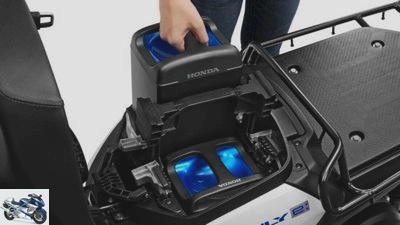
Honda
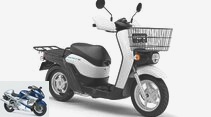
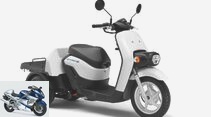
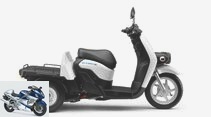
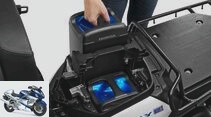
10 pictures
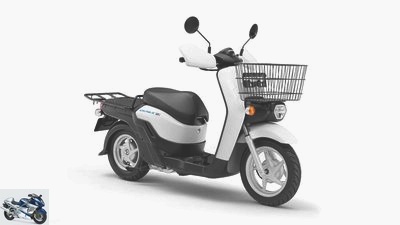
Honda
1/10
The Honda Benly E was presented at the Tokyo Motor Show.
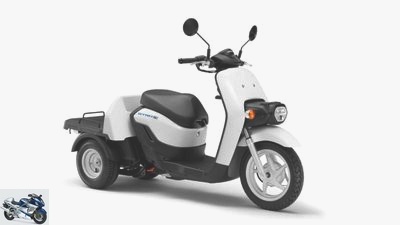
Honda
2/10
In addition, Honda is showing the Gyro E electric tricycle.
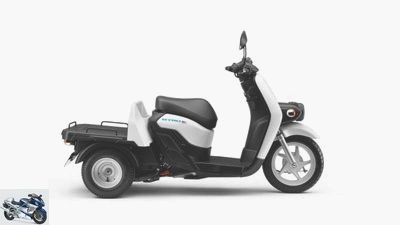
Honda
3/10
However, the focus of the presentation was the new battery exchange system from Honda.
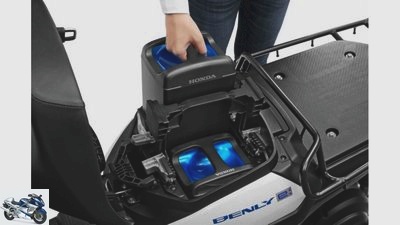
Honda
4/10
The battery blocks are located under the seat and can be removed.
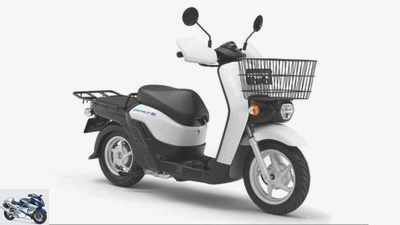
Honda
5/10
For the time being, the new system is to be used in delivery vehicles.
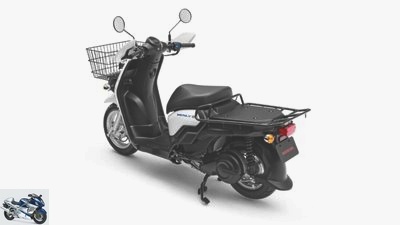
Honda
6/10
There was not a lot of information about the new system at the Eicma.
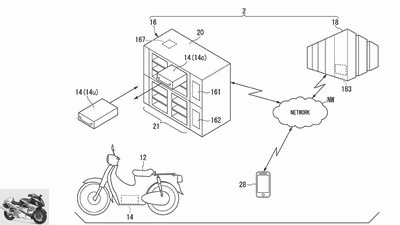
Honda
7/10
A new patent from Honda brings electric light into the dark. Honda is planning a complete and intelligent infrastructure around the battery change.
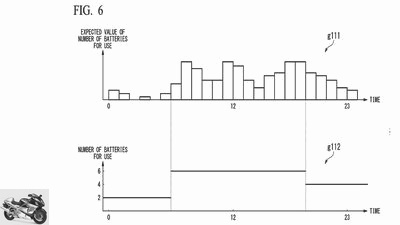
Honda
8/10
In this, even times of day, user behavior, weather, pollen count and other parameters are stored in order to have the optimal amount of charged batteries available at all times.
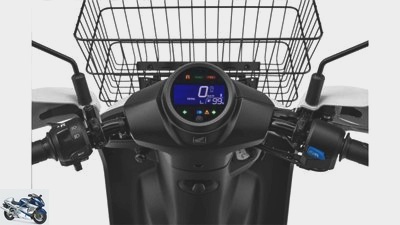
Honda
9/10
Honda speaks in the official press release of a system called E: Technology.
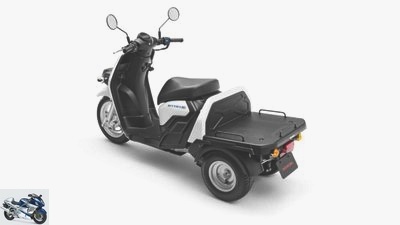
Honda
10/10
The new technology should be established by 2030.
motorcycles
Electric
Honda presents a new battery exchange system
Honda presents a new battery exchange system
The new system is called E: Technology
At the Tokyo Motor Show 2019, Honda presented a new battery exchange system called E: Technology, which is being used for the first time in two electric delivery vehicles.
Slawomir Niewrzol,
Jens Kratschmar (co-author)
June 15, 2021
Benly E and Gyro E: These are the names of the two vehicles presented in Tokyo in which the new battery exchange system is used. The two vehicles differ primarily in the number of wheels and the size of the loading area in the rear area. Both vehicles are electrically powered and can be classified in the 125cc segment in terms of performance.
Batteries can be removed under the seat
The new system, called E: Technology, is to be used in both two- and four-wheeled vehicles in the future. The two delivery vehicles presented in Tokyo are only intended to illustrate how the new battery exchange system works. Both vehicles have storage space for two battery packs under the seat. Apart from the two removable battery blocks, nothing else fits under the seat. Honda still lacks technical data on the batteries.
Honda’s own changing stations planned
Honda has set itself the goal of establishing the new technology by 2030 and, as a first step, would like to serve delivery services and other commercial applications with E: Technology. Interwoven with it is an exclusive changing station system from Honda. The vehicles can be equipped with new batteries on these. 16 packs should be able to be stored in the stations and Honda has come up with an extensive program for the optimal loading situation at the individual stations. Furthermore, drivers can reserve a battery in advance at certain stations via the app, which is then charged especially for this exchange, if demand at this time is otherwise low. It seems that Honda wants to avoid having to keep all batteries charged at all stations, which is supposed to increase the life of the batteries and give the whole thing a further ecological component. Depending on the time of day, the weather and – don’t laugh – pollen-flight-weather should be calculated exactly in advance when and how many batteries will be needed. These are then held.
Privacy conscious
Does Honda plan to collect user movement data in the end? In this case not: The batteries are each given an ID and when they are exchanged, data such as date, location, time, and charge status of the battery are recorded and compared with the data from the removal. If there is a clear change in the general driving profile in user behavior, Honda would like to re-coordinate the other charging stations and adjust the charge status of the batteries, the known State-of-Charge (SOC).
Conclusion
Honda wants to have E: Technology on the market by 2030. Sounds like a long time, but it’s only a few years left. Until then, building up products, a market, hardware and software and then operating them profitably is a challenge. These topics are being followed with excitement.
Related articles
-
Honda PCX battery replacement system
Honda 14th pictures Honda 1/14 Honda had already presented the PCX electric scooter at the Tokyo Motor Show in 2017. Honda 2/14 The large scooter relies…
-
Kymco Ionex e-scooter with battery exchange system
Kymco 17th pictures Kymco 1/17 Kymco presented a new electric mobility concept at the Tokyo Motorcycle Show. Kymco 2/17 The mobile part is handled by the…
-
Yamaha EC-05 – e-scooter with battery exchange system
Yamaha 10 pictures Yamaha 1/10 The Yamaha EC-05 was developed in cooperation with the Taiwanese manufacturer Gogoro. Yamaha 2/10 He weighs 106 kilograms….
-
Patent for electric Honda: batteries to change
Honda 4th pictures Honda 1/4 A tubular steel frame forms the backbone of the new electric Honda scooter, the motor sits in the swing arm, the two…
-
Screwdriver tip exhaust system – Honda CB 750 Seven Fifty
Ralf Petersen 14th pictures Ralf Petersen 1/14 The starting point: a Honda CB 750 Sevenfifty for 850 euros, first registration February 1994. Ralf…
-
Honda, Yamaha, KTM and Piaggio: Consortium for replacement batteries
Honda counselor technology & future Honda, Yamaha, KTM and Piaggio: Consortium for replacement batteries Honda, Yamaha, KTM and Piaggio Consortium for…
-
E-scooter with exchangeable battery from Niu
Niu 21 pictures Niu 1/21 Niu is launching the new MQi GT and is offering an early bird discount. Niu 2/21 400 euros can be saved on the purchase … Niu…
-
Varta counselor workshop Adviser: the battery Adviser: the battery Everything about the battery It’s almost close, the season is about to start. In order…
-
fact motorcycles Test Honda CB 1300 S ABS Test Honda CB 1300 S ABS Half a bowl, whole thing Honda has given the CB 1300 a half-shell fairing and the ABS…
-
counselor Used purchase Used advice Honda CB 500 Used advice Honda CB 500 From the same mould Honda’s new model in the inexpensive entry-level class had…